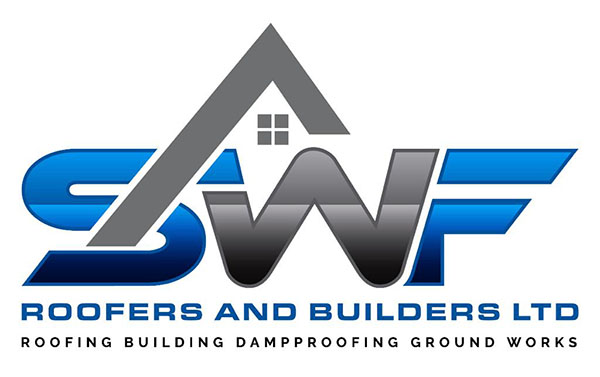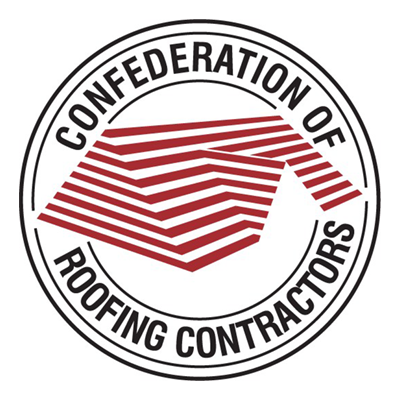Spray Foam Insulation Removal
Can’t sell your home or get a mortgage?
Unfortunately many homes and commercial buildings paid for Spray Foam Insulation as a way to make buildings more energy efficiency, however the spray foam reduces airflow and traps moisture by causing extreme condensation, over time this can cause rot in your timber roof resulting in an expensive re-roof!
Many mortgage companies will refuse to issue a mortgage on a property with Spray Foam and require its removal before proceeding or they may reduce the valuation of the property. Home buyers surveys will also identify spray foam as in issue.
Even if you are not selling you should ask us to survey your loft space to ensure the foam is not causing your roof to rot and need replacing – this could save you £££s in the future – so contact us now.
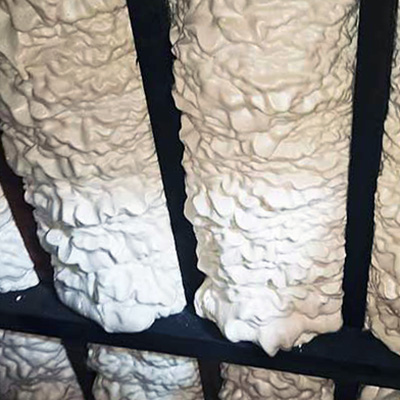
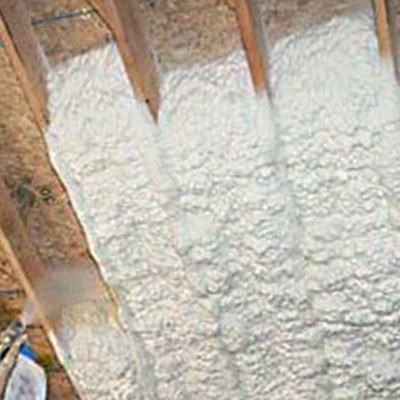
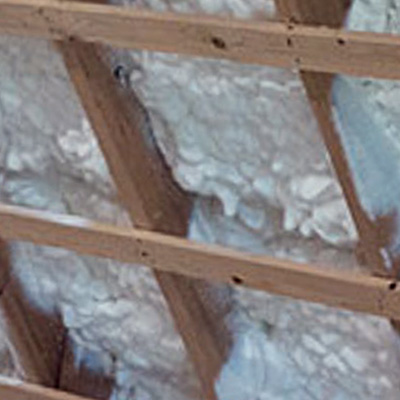
Our 4 step process
- Survey your loft space and issue you a report on the materials used and whether they pose a risk of wet to your roof timbers. This is a free no-obligation process.
- Issue a no-obligation fully costed estimate for removal and replacement with traditional insulation that meets that the latest environmental standards
- Remove all spray foam safely and safely dispose of all waste.
- Fit new insulation using traditional felt or Kingspan boards, depending on the style of your loft space.
- We can optionally board your loft and fit a loft ladder.
Types of spray foam insulation
There are 2 types of insulation, open-cell and closed-cell spray foam insulation are usually made from polyurethane and filled with bubbles of gas or air, but have different properties when they set.
We will identify the type you have installed in your loft and a 100% removal plan.
Closed-cell spray foam
Closed-cell spray foam sets into a rigid solid. It was often sold to help support the structure of your property. Of course spray foam should never be applied as a quick fix where structural repairs are required.
Open-cell spray foam
Open-cell spray foam isn’t as good an insulator as close-cell spray foam but was easier to apply in small or hard to get to spaces. It’s less dense once set so a thicker layer was required to get the same level of insulation as a closed-cell foam.
Contact us for a free no-obligation quote. There is no callout charge, we give free advice and estimates, do not take deposits, are fully insured and are Environment Agency registered and we recycle all wood and plastic.
.
